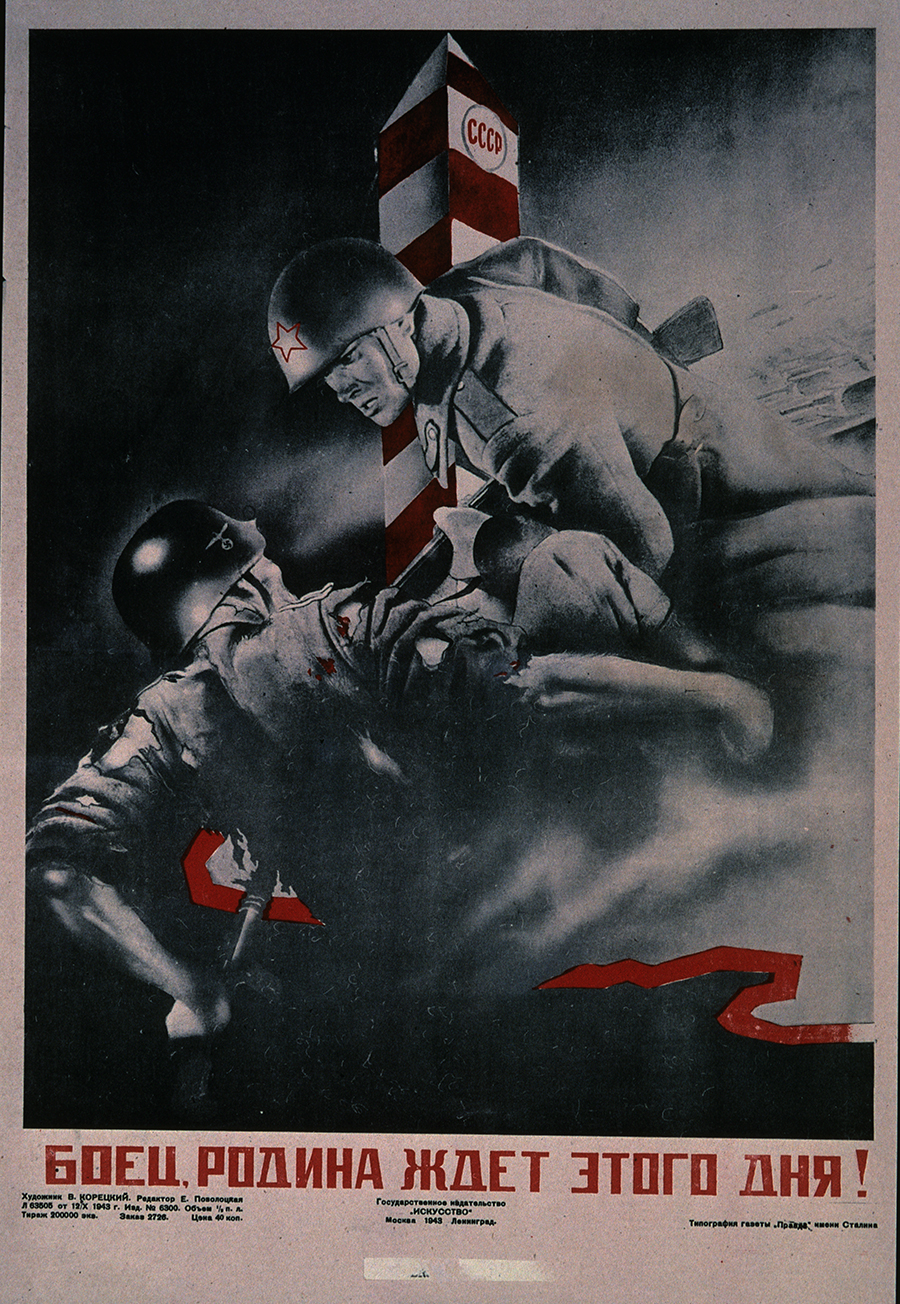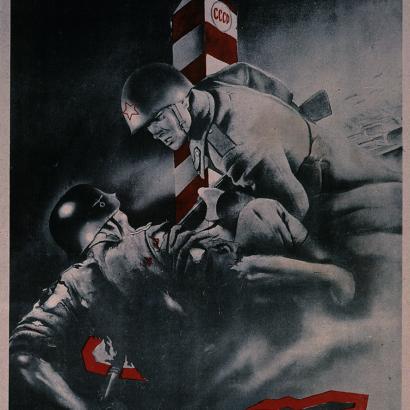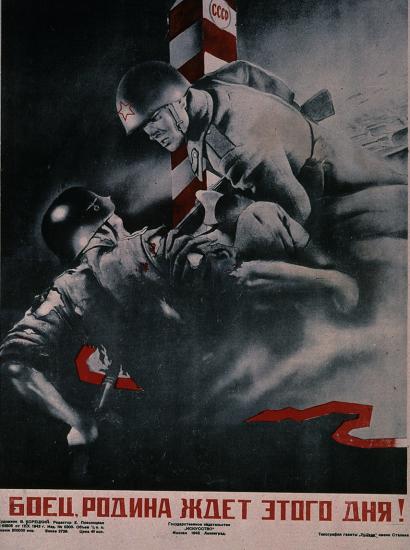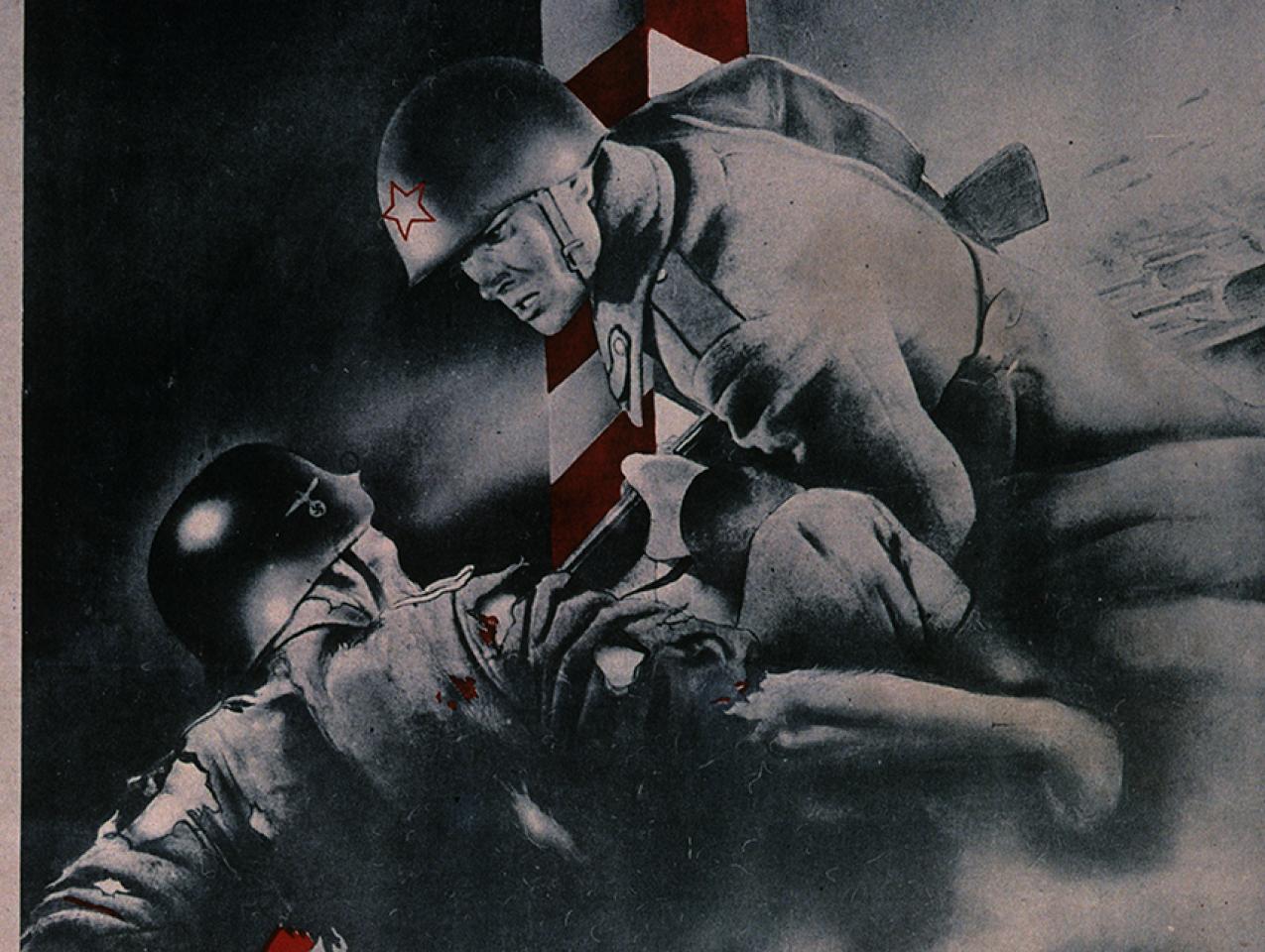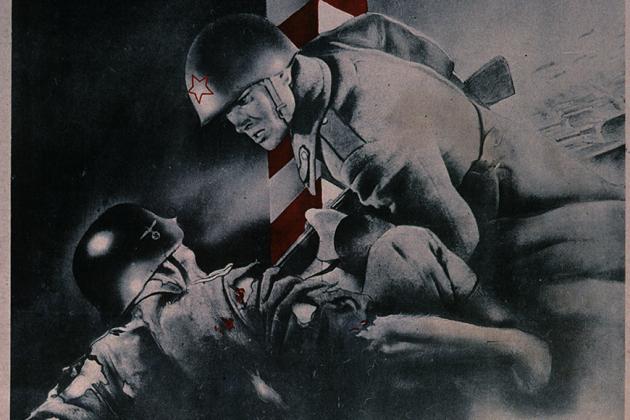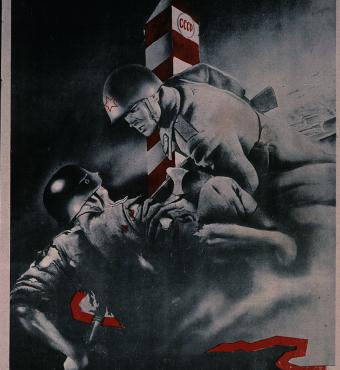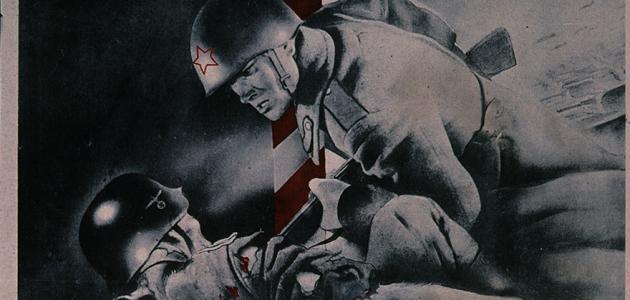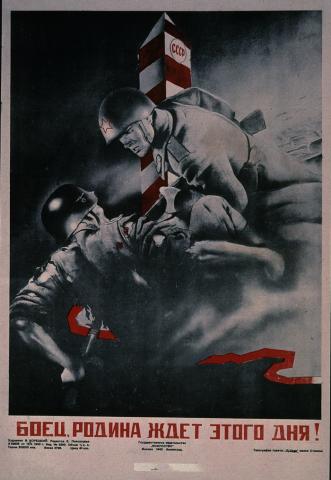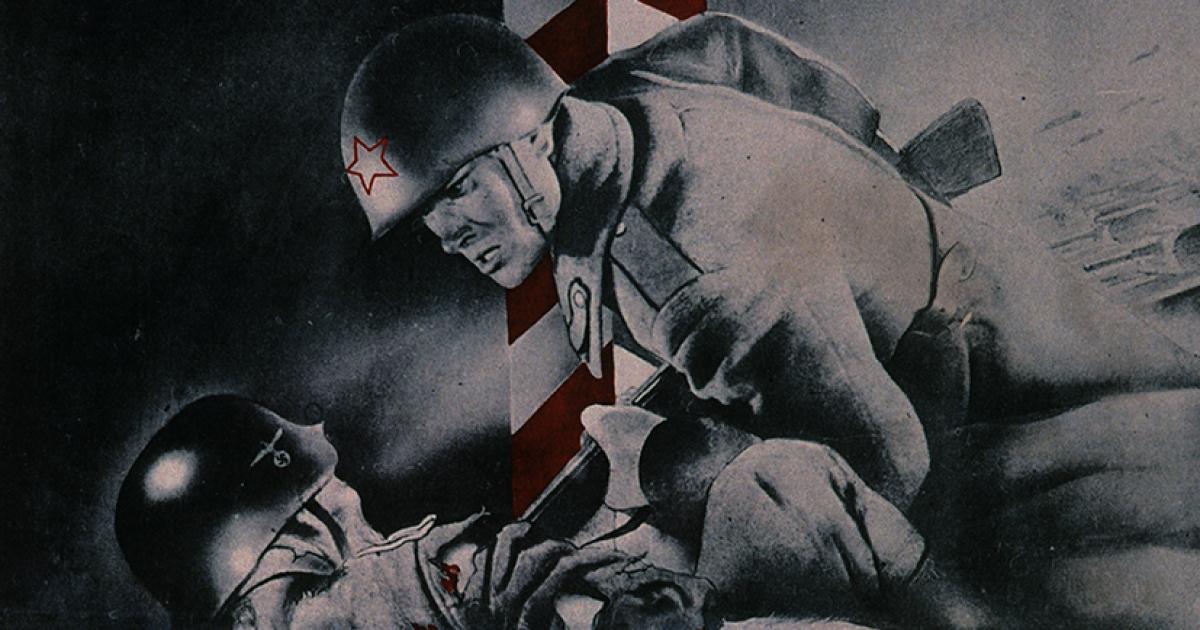- History
- Revitalizing History
“Here’s my strategy on the Cold War,” President Ronald Reagan said in 1988, “we win, they lose.” Shortly thereafter, the Soviet Union disintegrated. It is reasonable to conclude that the United States and the West won the Cold War.
However, a revanchist Russia seized the Crimean Peninsula in 2014 and unleashed a hot war against the rest of Ukraine in February of 2022. “There is no possibility of him [Putin] winning the war in Ukraine.” President Biden declared five months ago. “He has already lost the war.”
Mr. Biden has raised the fundamental question of how winning versus losing a war is defined. Any definition depends upon a description of what the desired end state should look like when the shooting stops. For President Zelensky, that means all Russian troops have been driven out of all Ukrainian territory, including the 10,425 square miles of the Crimean Peninsula. For Putin, the end state is the collapse of the Ukrainian government and its forces, to be replaced by a puppet regime. It is conceivable that he might settle for the Russian military occupation of a sizeable portion of Ukraine, with ceasefire conditions conducive to a continuous effort to subvert the democratic government of Ukraine. President Biden has expressed no vision of an end state. His silence is deliberate. He does not want Ukraine to lose, nor does he want Putin, with nuclear weapons, to lose. He abides in an intellectually liminal state that is imaginary; wars do not end in ties.
The conflict is nearing the two-year mark, with no signs of abating. Fifty billion dollars in military aid has been allocated by Congress, a sizeable but not staggering sum. By comparison, the 2022 Inflation Reduction Act contains $500 billion in new spending. Our military aid will continue, with a majority of the public in favor.
But wars don’t end in ties and Putin is not under severe strain. President Biden promised devastating sanctions if Russia invaded Ukraine. Those sanctions have not worked. The Russian economy shrank by just two percent last year, and the International Monetary Fund forecasts growth of a positive one percent in 2023.
The Ukrainian offensive toward Crimea has bogged down. The front resembles World War I, with grinding, seesaw battles along hundreds of miles of trench lines. From Putin’s perspective, his advantage is enormous manpower, continuously replacing staggering losses while grinding down the much smaller and exhausted Ukrainian forces. Whether a pivot point is reached and the Russian soldiers mutiny or simply walk off the battlefield is difficult to predict. But there are no overt signs of that happening.
The fight is one-sided. Russia is mauling Ukraine, but Ukraine cannot seriously strike back at Russia. In the first year of the war, Russia launched more than a thousand drones and 5,000 cruise missiles, fired in waves against the energy grid and apartment complexes. Given a steady supply of drones provided by Iran as well as its own factories, it is unrealistic to expect Russia to ever “run out” of these long-range weapons.
From the start of the war, the administration restricted military aid to short-range weapons because President Biden feared Russia’s nuclear arsenal of 5889 warheads. He treated the territory of Russia as a sanctuary, not to be violated. There was trepidation that providing long-range weapons would dramatically escalate U.S. involvement in the war, with Putin employing a nuclear bomb, either over the Black Sea or inside Ukraine.
To gain leverage or simply as a dramatic gesture, the nuclear saber has been rattled many times. In January 1953, President Truman left office deeply unpopular due to the ongoing Korean War that had taken more than 30,000 American lives. In his farewell address, he pointedly warned that “starting an atomic war is totally unthinkable for rational men.” Yet a month later, his successor, President Eisenhower, conveyed to China that if the war did not end soon, he might employ “the ultimate weapon.” Shortly later, for multiple reasons China agreed to a ceasefire and embarked upon acquiring its own nuclear arsenal. To cite a few other examples of employing the nuclear threat: In 1961, the UK threatened China; in 1991, Israel threatened Iraq; India and Pakistan have threatened each other numerous times, most recently in 2019. After invading Ukraine 18 months ago, Putin has threatened numerous times that his nuclear weapons were at the ready. Each time, Biden recursively responds, “I worry about Putin using tactical nuclear weapons.”
During the Vietnam War, the United States possessed an overwhelming nuclear advantage over the Soviet Union. Yet the Soviet Union still supplied the North Vietnamese with thousands of long-range artillery tubes to kill American soldiers. The Soviets didn’t worry. Between 2004 and 2007, Iran designed and provided to the terrorists in Iraq thousands of highly sophisticated Improvised Explosive Devices that killed more than 400 of our soldiers. Iran didn’t worry about retaliation of any sort from the nuclear-armed United States. And indeed, no retaliation ever occurred, let alone the use of a nuclear weapon.
For 18 months, Zelensky persisted in asking for long-range missiles, especially the surface-to-surface missiles called ATACMS (Army Tactical Missile System) that could strike logistics and munitions depots. Biden persistently said “No,” both privately and publicly. Until recently, Ukraine’s maximum range on U.S.-provided weapons was fifty miles. Restricting Ukraine to the close-in battle made no military sense. Yet General Mark Milley, the Chairman of the Joint Chiefs until a few months ago, agreed that a key tenet for fighting the war was to “Contain war inside the geographical boundaries of Ukraine.” Secretary of Defense Lloyd Austin agreed. The Ukrainians are able, he said, “to service the targets that they need to service inside of Ukraine.” Under Secretary of Defense for Policy Colin Kahl told reporters in 2022 that “they don’t currently require ATACMS to service targets that are directly relevant to the current fight.” Russia is shooting with a rifle and the Pentagon wants Ukraine to shoot back with a pistol.
Exasperated with Washington, five months ago Britain supplied several of its Storm Shadow missiles with a range of 150 miles. Ukraine employed them to strike Russian warships. In August, using its own drones, Ukraine struck deep into Russia and even harassed Moscow. Putin did not escalate to nuclear war.
To employ a nuclear weapon requires him to consult with a staff to select the target, communicate with the delivery crew, and evacuate his own forces from the blast and wind-driven contamination path. Several hundred are involved, not just one man. And for what purpose and at what cost? A nuclear blast would not cause Ukraine to surrender. It would result in the total isolation of Russia, harsh, not fake, sanctions, and a large increase in the defense budgets of NATO.
In October, Biden relented and delivered twenty ATACMS with 100-mile range. Twenty missiles comprise a trivial gesture. By comparison, Iran is delivering to Russia 1,700 long-range drones. Russia holds an advantage over Ukraine of one hundred to one in terms of long-range drones and missiles.
Biden also insisted that Ukraine pledge not to strike Russian territory with the missiles. But Putin feeds vast manpower into the fight via rail lines, depots, and bridges inside Russia. Long-range systems are not a silver bullet, but they do decidedly impose a heavy material cost. The twelve-mile long Kerch Bridge linking Crimea to Russia is the most obvious target. Its destruction would symbolize the determination of the Ukrainians to regain their territory and flummox Putin, who cites it as the symbol linking Ukraine to its master, Russia.
Dribbling in only a few long-range missiles and treating Russia as a sanctuary both weakens Ukraine and encourages nuclear proliferation. It clearly signals that an aggressor nation can assault a neighbor without fearing retaliatory attacks upon its own soil. China lurks, biding the moment when, while threatening nuclear escalation to deter America, it assaults Taiwan. Iran lurks, biding the moment when it announces its possession of nuclear weapons in order to prevent any action against its territory.
Two decades after the Civil War, Supreme Court Justice Oliver Wendell Holmes declared: “To fight out a war you must believe something and want something with all your might….All that is required of you is that you should go somewhither as hard as ever you can.…One may fall—but in no other way can he reach the rewards of victory.”
Ukraine is fighting with all its might against a hulking brute openly challenging the resolve of the United States and its NATO European partners. Ukraine deserves the victory of driving Russia from its territory. For its bravery and sacrifice, Ukraine merits fulsome aid, including tens of thousands of inexpensive long-range drones and missiles to strike targets inside Russia. It is perilous not to provide Ukraine with the weapons to fight as hard as it can. First target: Putin’s dacha.







